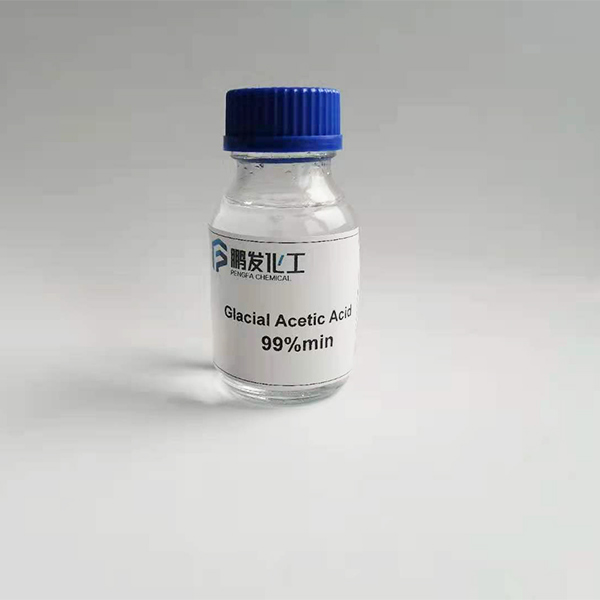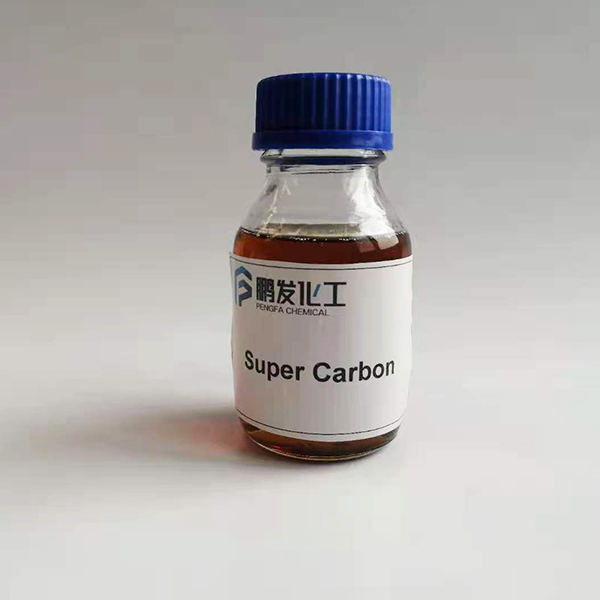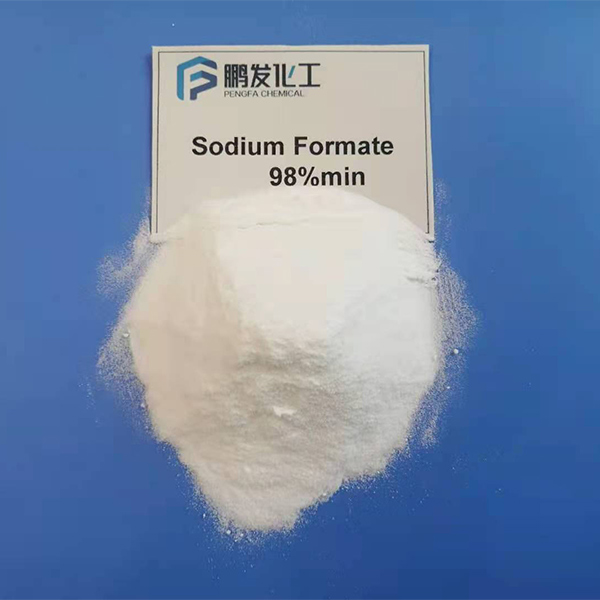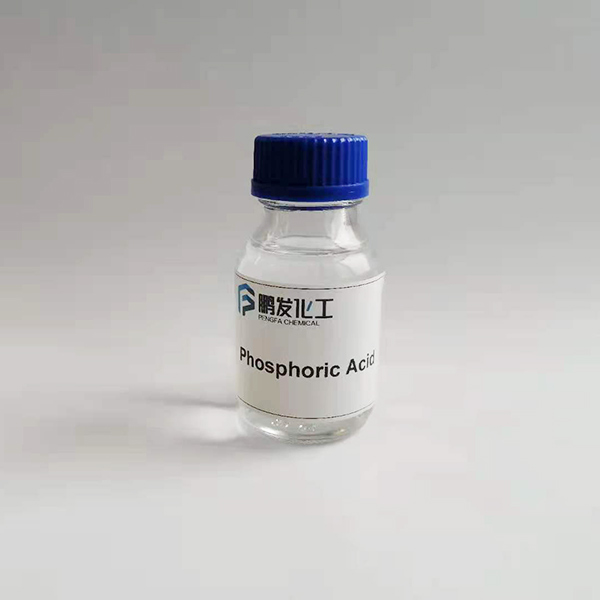Is there a difference between stained acid and glacial acetic acid?
Is there a difference between stained acid and glacial acetic acid?,
Is there a difference between stained acid and glacial acetic acid?,
Quality specification(GB/T 1628-2008)
|
Analysis items |
Specification |
||
|
Super Grade |
First Grade |
Normal Grade |
|
| Appearance |
Clear and free of suspended matter |
||
| Colour(Pt-Co) |
≤10 |
≤20 |
≤30 |
| Assay % |
≥99.8 |
≥99.5 |
≥98.5 |
| Moisture % |
≤0.15 |
≤0.20 |
—- |
| Formic Acid % |
≤0.05 |
≤0.10 |
≤0.30 |
| acetaldehyde % |
≤0.03 |
≤0.05 |
≤0.10 |
| Evaporation Residue % |
≤0.01 |
≤0.02 |
≤0.03 |
| Iron(Fe) % |
≤0.00004 |
≤0.0002 |
≤0.0004 |
| Permanganate Time min |
≥30 |
≥5 |
—- |
Physicochemical properties:
1. Colorless liquid and irritating dour.
2. Melting point 16.6 ℃; boiling point 117.9℃; Flash point : 39 ℃.
3. Solubility water, ethanol, benzene and ethyl ether immiscible, insoluble in carbon disulphide.
Storage:
1. Stored in a cool, ventilated warehouse.
2. Keep away from the fire, heat. The cold season should maintain a temperature higher than 16 DEG C, to prevent solidification. During cold season, temperature should be maintained above 16 DEG C to prevent/avoid solidification.
3. Keep the container sealed. Should be separated from the oxidant and alkali. Mixing should be avoided by all means.
4. Use explosion-proof lighting, ventilation facilities.
5. Mechanical equipment and tools that prohibit the use of easy to produce sparks.
6. Storage areas should be equipped with emergency treatment equipment and suitable housing materials.
Use:
1.Derivative:Mainly used in synthetising acetic anhydride,acetic ether,PTA, VAC/PVA,CA,ethenone,chloroacetic acid,etc
2.Pharmaceutical:Acetic acid as solvent and pharmaceuticalraw materials, mainly used for production of penicilin G potas-sium, penicilin G sodium, penicillin procaine, acetanilide,sulfadiazine, and sulfamethoxazole isoxazole, norfloxacin,ciprofloxacin, acetyl salicylic acid, non phenacetin, prednisone,caffeine, etc.
3.Intermediate:acetate ,sodium hydrogen di,peracetic acid,etc
4.Dyestuff and textile printing and dyeing:Mainly used inproducing disperse dyes and vat dyes,and textile printing anddyeing processing
5. Synthesis ammonia: In the form of cuprammonia acetate,used in refining syngas to remove a litl CO and CO2
6. Photograph: Developer
7. Natural rubber: Coagulant
8. Construction industry: Preventing concrete from frezing9. In addtin also widely used in the water treatment, syntheticfiber, pesticides, plastics, leather, paint, metal processing andrubber industry
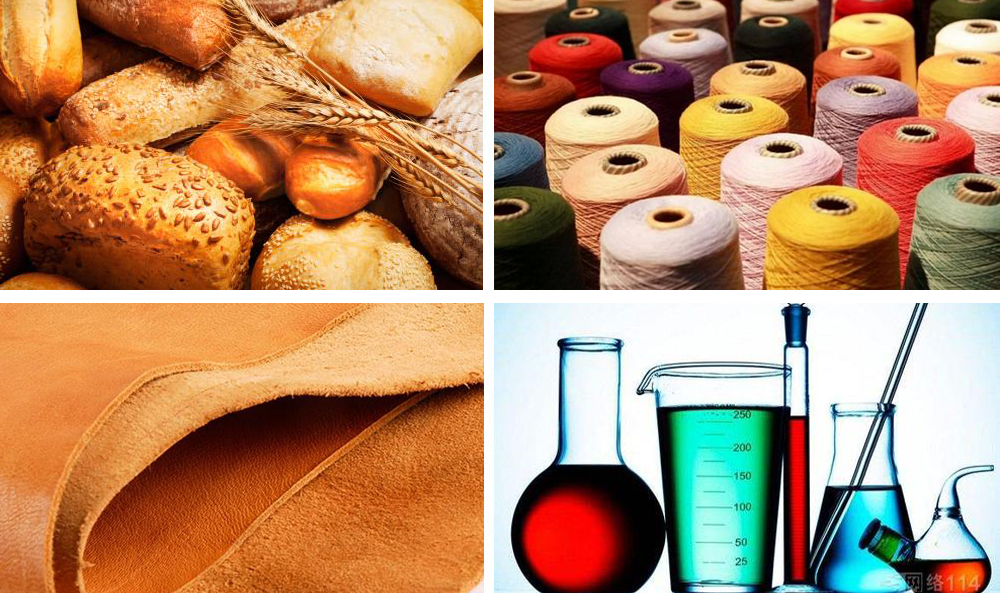

 Do the industrial industry all know that dyeing acid and glacial acetic acid are more commonly used in industry, dyeing acid and glacial acetic acid are two different chemical substances, the difference in nature and use is still more obvious.
Do the industrial industry all know that dyeing acid and glacial acetic acid are more commonly used in industry, dyeing acid and glacial acetic acid are two different chemical substances, the difference in nature and use is still more obvious.
Chromic acid is an organic acid with the chemical name of phthalic acid. It is a strong acid and is highly corrosive. Dyeing acids are commonly used in the dye industry to dye materials such as textiles, leather and paper.
It has good dyeing properties and can chemically react with fiber materials to make the dye firmly bind to the fiber. Dyeing acids can also be used as catalysts and solvents for organic synthesis.
picture
Glacial acetic acid is also called acetic acid, is a kind of organic acid, it is a weak acid, it will have a pungent smell, glacial acetic acid is often used in the food industry, as a condiment and food additives.
It can also be used as a solvent and paint stripper. Glacial acetic acid also has certain applications in the field of medicine, such as the preparation of intermediates for certain drugs.
From the point of view of chemical structure, the molecular structure of dyeing acid and glacial acetic acid is different. The molecular structure of dyeing acid contains benzene ring and carboxyl group, while the molecular structure of glacial acetic acid contains acetic group. This structural difference leads to differences in their nature and use.
Dyeing acid is mainly used in the dye industry, while glacial acetic acid is mainly used in the food industry. Knowing the difference helps us to use and dispose of these chemicals properly, and we will also know how to choose when we choose.
Now many manufacturers will produce these two substances, in today’s market, these two substances have become indispensable.
If you need both of these substances, you can find a company that specializes in the production of these two chemicals, and the general chemical company will sell these two substances, so how do we find this chemical company?
picture
I have sorted out a set of methods, and named it “five steps”, this method of finding a company hope to give you help.
Step 1: Find candidates
Find a list of qualified chemical companies through search engines, industry associations, exhibitions, etc. You can also ask peers or friends for recommendations.
Step 2: Filter the right company
Candidates are screened, focusing on their company size, product quality, production capacity, service level, etc., to narrow down the selection range.
Step 3: Go on a field trip
By visiting the company, visiting the factory, understanding the production line, equipment, etc., a comprehensive understanding of the company’s strength and production capacity in order to make final decisions.
Step 4: Consult customer feedback
Through customer evaluation, product quality, service attitude, etc., to understand the company’s reputation and reputation, so as to make final decisions.
Step 5: Sign the contract
After selecting the right chemical company, a formal contract is signed to clarify the responsibilities and obligations of both parties to ensure the smooth progress of the production process.以上翻译结果来自有道神

